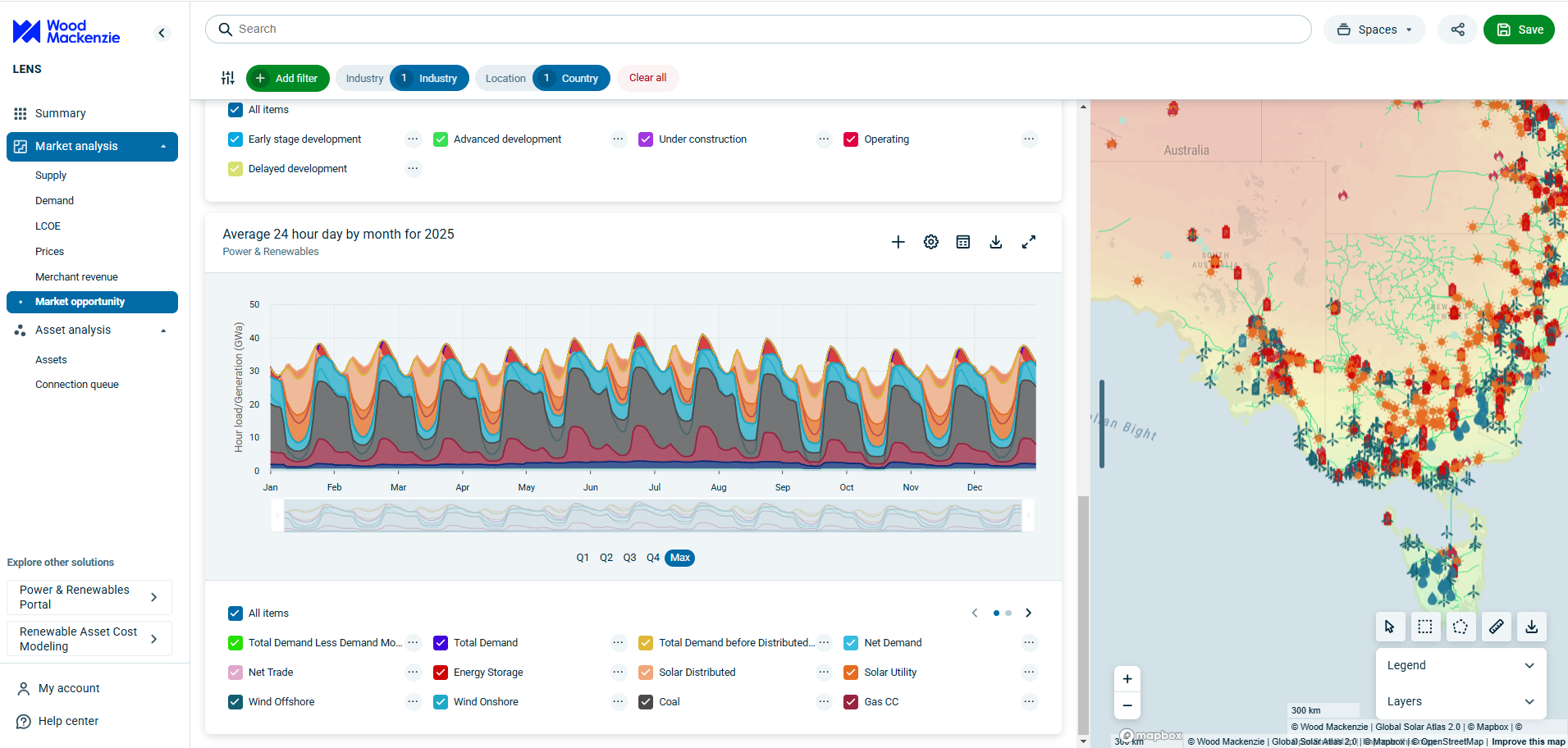Oil and refined products in 2025: a commodity trader’s guide
We highlight the key themes for crude and refined products over the next 12 months
1 minute read
Alan Gelder
SVP Refining, Chemicals & Oil Markets

Alan Gelder
SVP Refining, Chemicals & Oil Markets
Alan is responsible for formulating our research outlook and cross-sector perspectives on the global downstream sector.
Latest articles by Alan
-
Opinion
Oil and refined products in H2 2025: a commodity trader’s guide
-
The Edge
Upstream’s mounting challenge to deliver future oil supply
-
Opinion
The impact of the Israel-Iran conflict escalation on the global energy market
-
Opinion
Oil and refining market implications of Israel’s strike on Iran
-
Opinion
What is the impact of US tariffs on oil and refining?
-
Opinion
Oil and refined products in 2025: a commodity trader’s guide
Jim Mitchell
Director of Oil Trading Analytics

Jim Mitchell
Director of Oil Trading Analytics
Jim has 29 years of commodity market experience in crude oil, refined products, shipping, Natural gas, power and grains.
Latest articles by Jim
-
Opinion
Oil and refined products in 2025: a commodity trader’s guide
-
Opinion
The impact of tariffs on Canada’s export market
-
Opinion
Canada’s oil export future: what’s next?
-
Opinion
International Energy Week 2025: our key takeaways for oil & gas
-
Featured
Oil, power, gas trading 2025 outlook
-
Opinion
What is the market impact of Czech refineries shifting away from Druzhba?
In an energy hungry world beset by growing trade tensions and shifting energy policy, volatility creates opportunity for commodity traders who can stay one step ahead of market shifts. So, what are the opportunities and challenges set to shape crude and refined product markets as 2025 progresses?
Fill in the form to download the full report, or read on for a preview of the key insights.
Global refined oil product demand: still growing outside Europe
Overall, oil demand will continue to grow through 2025, albeit at a slower rate than in 2024.In fact, Europe is the only region where we currently expect oil demand to decline in the short-term, although in a world of trade tariffs global demand growth could stall in 2026. China will account for the biggest proportion of growth, with demand increasing by 0.22 million barrels per day in 2025, rising to 0.28 million barrels per day in 2026, but this will primarily be petrochemical feedstocks. Elsewhere, demand growth will be more muted.
Crude supply: still flowing freely
In contrast to demand, crude oil supply growth shows no sign of abating. New non-OPEC supply is primarily from conventional projects, so supply growth is largely independent of oil price.
Aside from projects in Norway and the US, the remaining key new developments due to come online in 2025 are in Latin America; there is a risk that some scheduled for H2 2025 could slip into next year. Meanwhile, US tight oil provides a flexible source of supply, projected to increase by around 340,000 barrels per day during 2025. Should US$50/bbl prices prevail for a sustained period, US tight oil supply would shift from growth to decline.
Our Russian waterborne and VesselTracker services show that Russian oil exports continue to flow, with sanctioned vessels still accessing Chinese ports.
Read the full report
This report delivers key charts and insights on global oil demand and the ripple effects of U.S. policy on trade and crude tariffs
Fill in the form above to access your copy.







